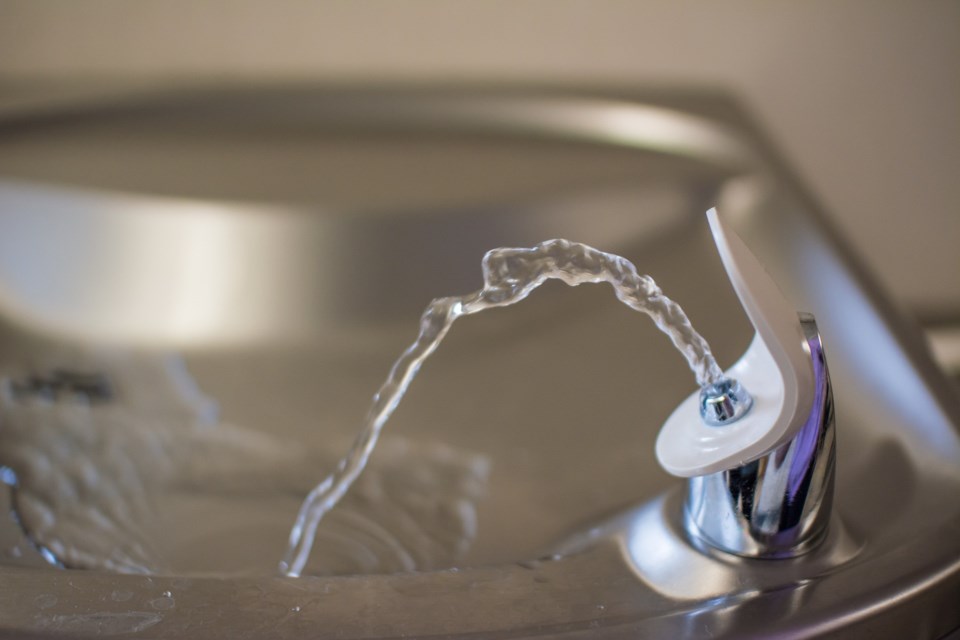New York City Department of Education's (DOE) testing of lead levels in water fixtures at city public schools, is marred by "weaknesses, inefficiencies and delays," a new audit from the office of Comptroller Scott Stringer has found.
Those same issues exist in DOE's remediation of fixtures found to have elevated lead levels, it adds.
In the 2018 and 2019 testing periods, 11% of all public school water fixtures had elevated lead levels when they were initially tested, according to the audit. It also found that 84% of all city schools have had at least one fixture with elevated lead levels since 2016.
Brooklyn schools were found to be the most affected, with 95% of all schools in Bushwick, Brownsville and East New York having had at least one faulty fixture.
At the time of publishing, BK Reader was unable to obtain school by school data.

While the DOE announced in 2018 it had fixed all of the water sources flagged during their initial testing, some Brooklyn schools awaited repairs for over three years, including one school in Bushwick with 27 water sources with elevated lead levels and one in East New York with 23.
During this time, many faucets, fountains and water bottle refilling stations remained out of order.
"No child, teacher, or member of school staff — whether in Washington Heights or Brownsville — should be exposed to lead in our public school buildings," Stringer said.
"Our audit found that the DOE's testing and remediation of lead was perennially delayed — potentially exposing both students and staff to dangerous levels of lead in school drinking water."
Lead is known to affect mental and physical development in young children and is of particular concern in older buildings. Following new regulations put in place in 2005, there has been a 93% decrease in children with elevated lead levels. Still, the threat remains.
In 2016, Governor Andrew Cuomo signed emergency legislation requiring all school districts in the state to test water systems for lead contamination. For any lab test that indicates a water fixture has lead levels at or above 15 parts per billion, the DOE is required to flag the fixture and remove it from service.
Initial test results in 2016 showed that less than 1% of water systems met this requirement, but reviews of the DOE's testing methods revealed that it had engaged in a process called flushing, where the water is run from each fixture for two hours the night before testing, reducing lead levels temporarily.
Another round of testing was conducted, this time with 8% of all fixtures being flagged. The DOE then vowed to test a third of its schools each year from 2018-2020. The new audit examines data from the 2018 and 2019 testing periods.
While the audit found that DOE mostly met water testing standards, there were several exceptions. Notably, while all of the schools that required testing ended up receiving it, none of them did so before their initial deadline of October 31, 2016.
In addition, once fixtures were repaired, only 65% of those requiring post remediation tests from the 2018 and 2019 testing periods received testing in a timely manner.
"The DOE disagrees with the summary findings of this report, and the majority of the recommendations are consistent with already existing and longstanding policies of the DOE," Chief Schools Operation Officer Kevin Moran said in a letter addressed to the Office of the Comptroller following the report.
The DOE did not respond to direct inquiries for comment for this story.




